The Monastery of the Holy Trinity, Meteora, Greece (1476)
A 15th century medieval monastery stands proudly 1,300 ft above ground level, accessible only by ascending the daunting 146 steps carved into the rugged cliffside. This sacred place was utilized by brave monks for countless centuries before its construction.
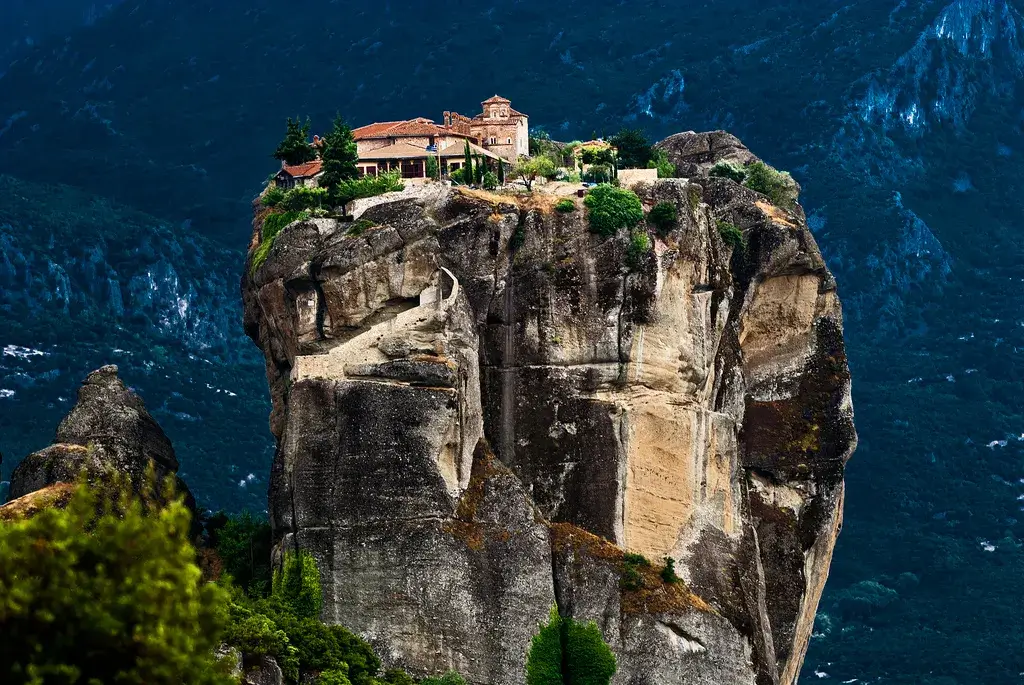
Hallgrímskirkja, Reykjavík, Iceland (1986)
A lofty cathedral constructed to imitate the formations created by solidifying lava. It caused surprise when revealed, as it merged elements of Gothic architecture with a contemporary, Expressionist style. Standing at a height of 244 feet, it is visible from almost every corner of the city.
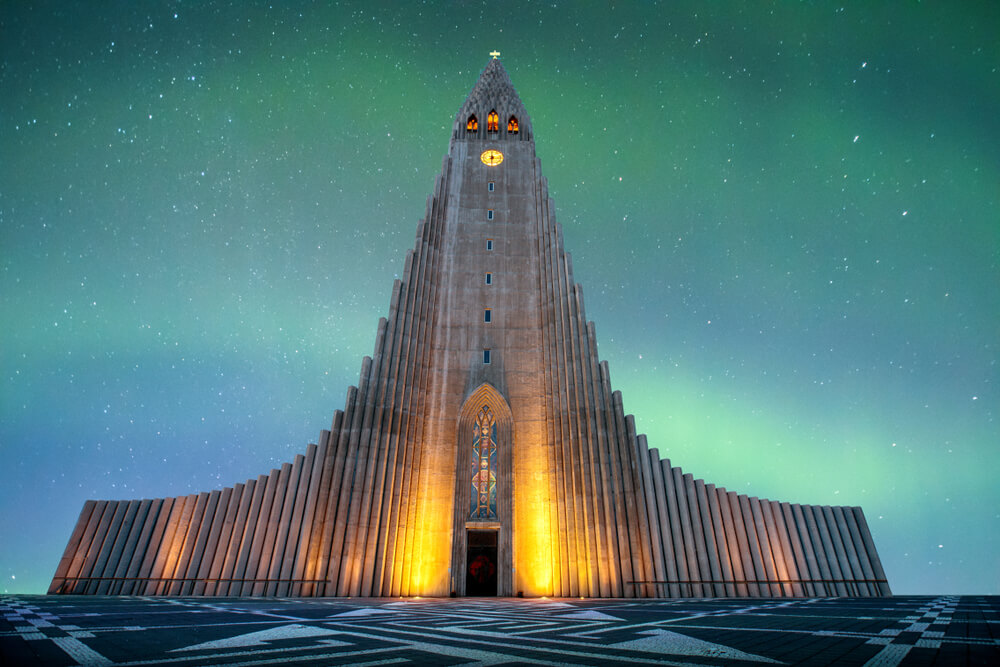
The Sanctuary of Las Lajas, Ipiales, Colombia (1949)
In a breathtaking location, suspended 150 feet above the awe-inspiring Guáitara River canyon, stands a magnificent neo-Gothic church. It is believed to be the exact spot where the Virgin Mary appeared to a woman and her daughter during a tumultuous storm.
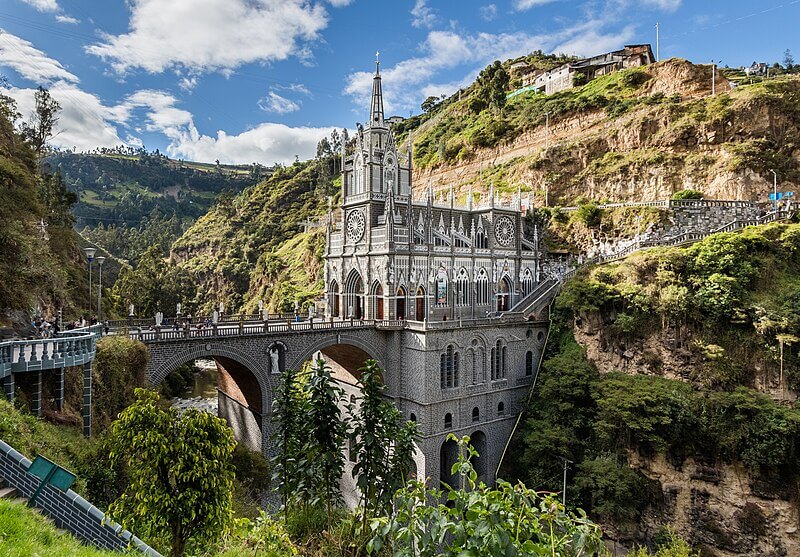
The Church of the Transfiguration, Kizhi, Russia (1714)
A remarkable structure made entirely of wood, featuring 22 breathtaking domes. The original construction from the 18th century, which has since been restored, was also crafted without the use of nails. Instead, horizontal logs were skillfully interlocked at the corners.
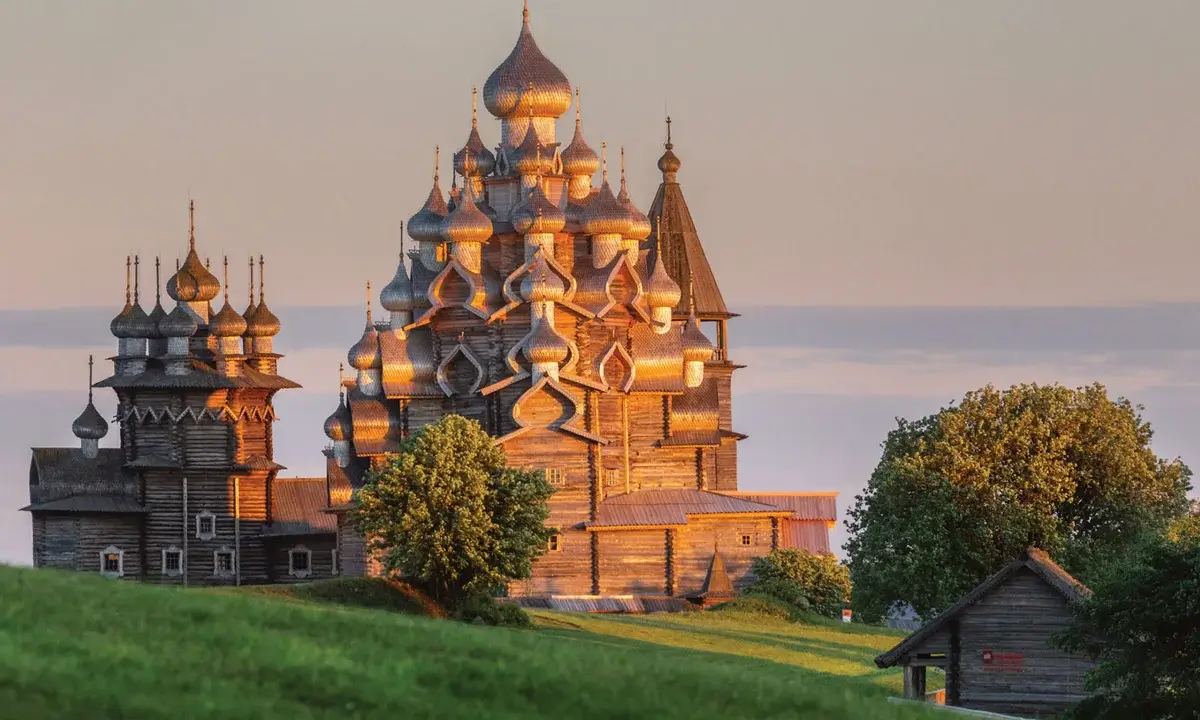
Sagrada Família, Barcelona, Spain
Gaudí’s exceptional architectural creation, which has been in the process of being built for nearly 142 years, presents an intriguing example of intergenerational construction. Once the project reaches its anticipated completion date of 2026, it will stand as the tallest religious structure on the entire European continent.
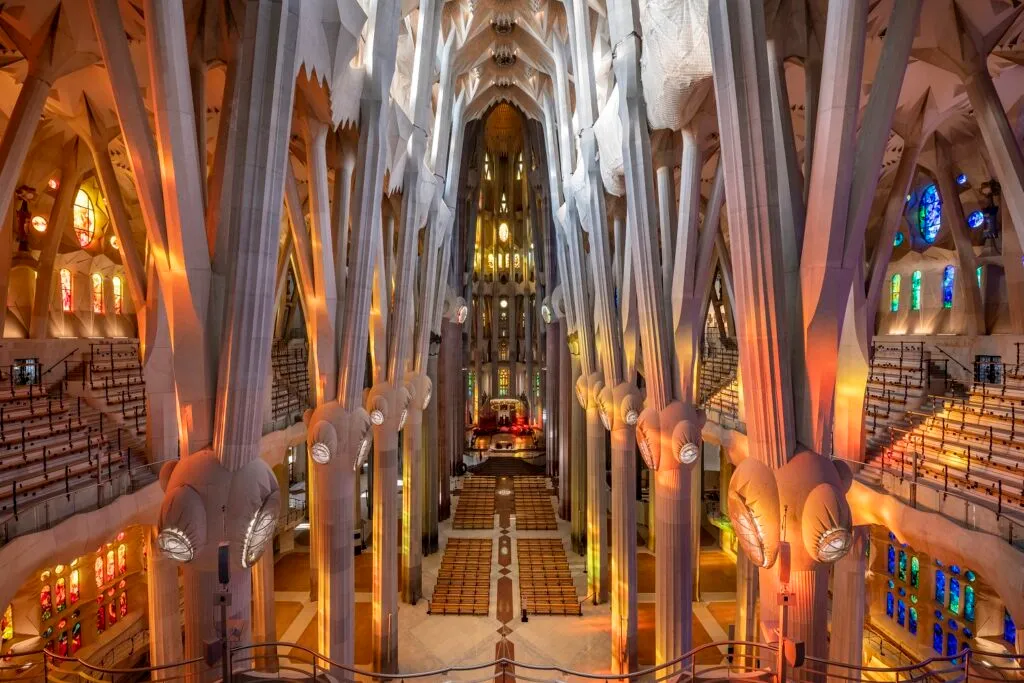
Temppeliaukio Church, Helsinki, Finland
Referred to as the Rock Church, this impressive Lutheran place of worship is skillfully crafted within a solid stone structure. The walls are meticulously hewn from the surrounding natural rock formations, while a massive copper roof crowns the edifice.
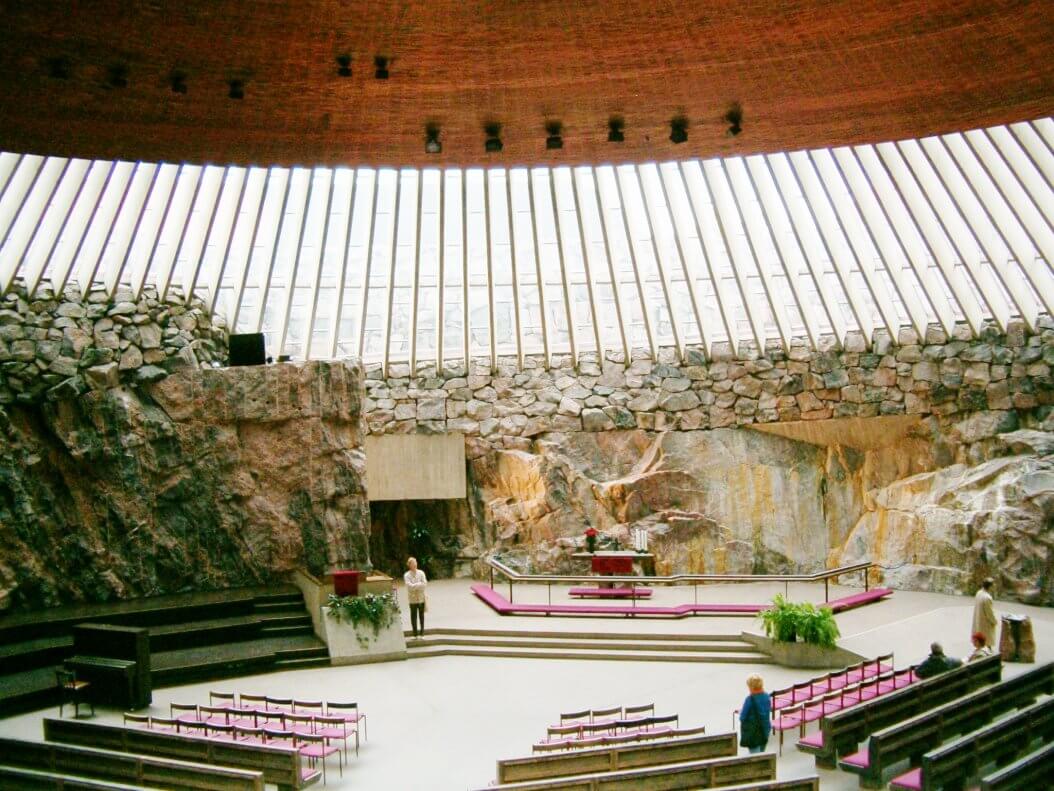
Mont-Saint-Michel Abbey, Normandy, France (1523)
Mont-Saint-Michel, a commune situated on a tidal island in Normandy, is often referred to as the marvel of the Western world. The abbey, built in the Romanesque-Gothic style, dates back to the medieval period, with a church occupying the mount for more than a millennium.
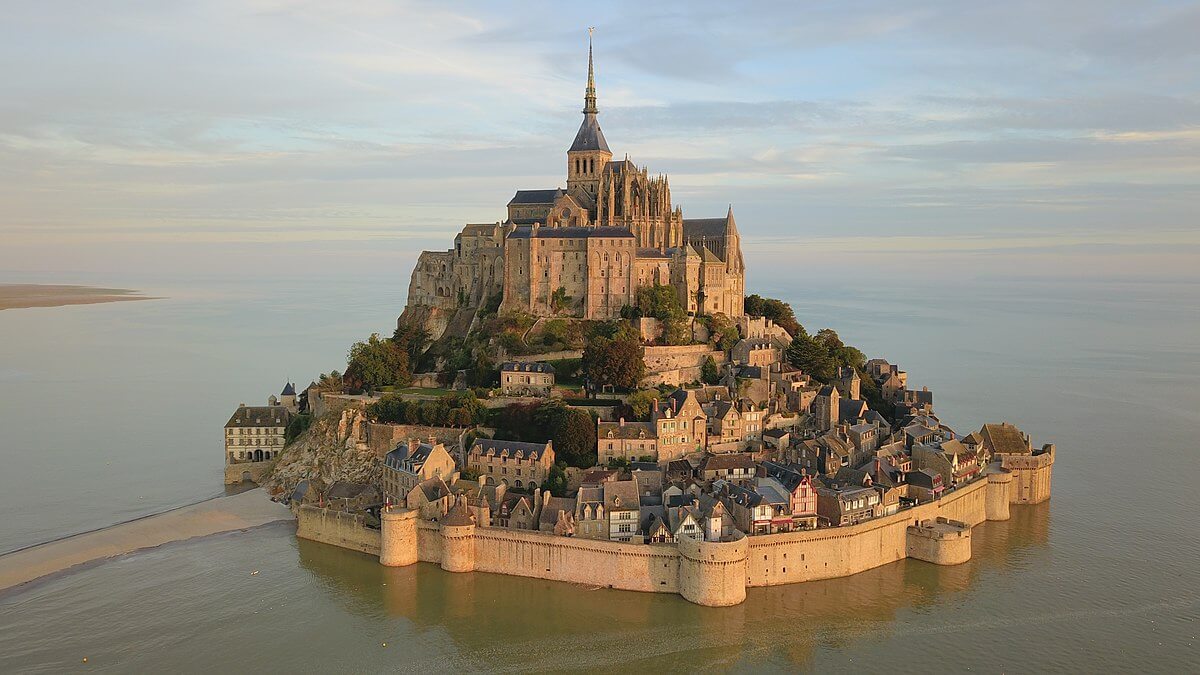
Mont-Saint-The Panagia Soumela monastery (385 AD)
Panagia Soumela, the holy symbol of the Ponte, is embraced by history, tradition, and legend. Evangelist Luke was the one who carved the wood into Pangia’s (Virgin Mary) figure. The wooden icon was found after Evangelist Luke’s death in Athens and, for this reason, is given the name Panagia “The Athenian”
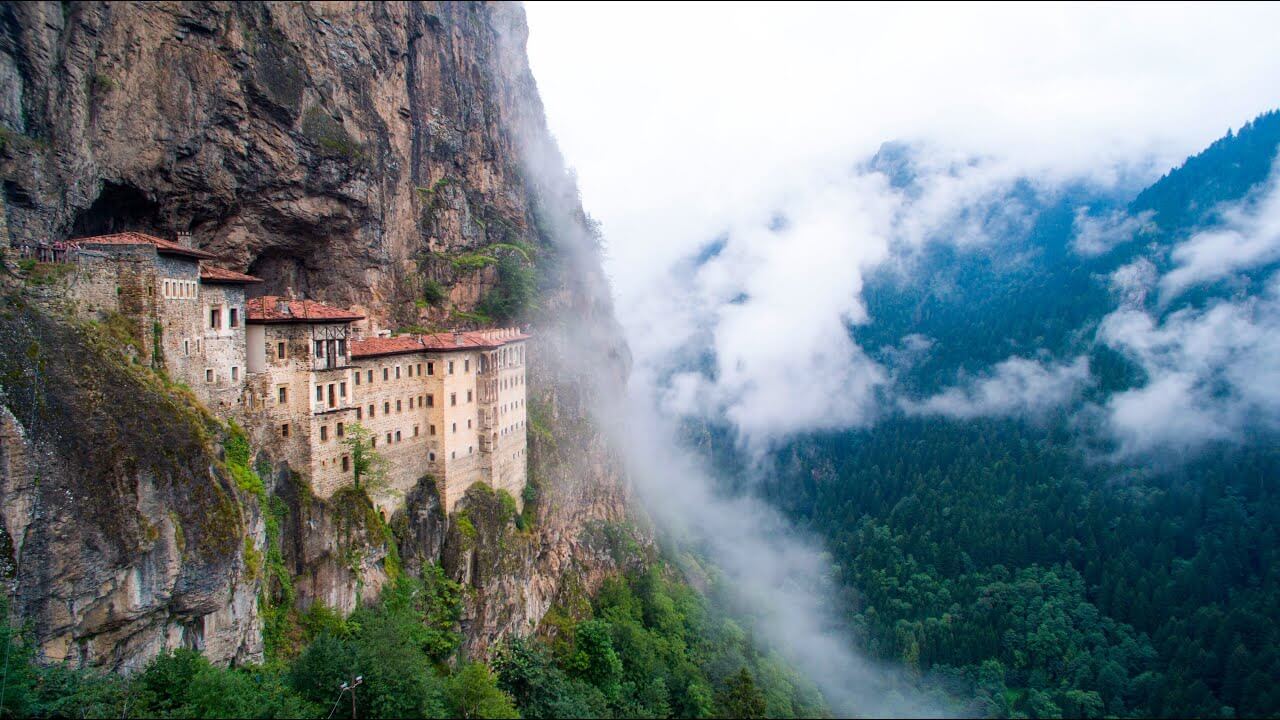
Borgund Stave Church, Lærdal, Norway (c.1200)
Many consider Borgund to be the best preserved of the Norwegian stave churches, and it has served as a model during the restoration of several other stave churches. The stave church construction is based on load-bearing posts (staves) and columns.
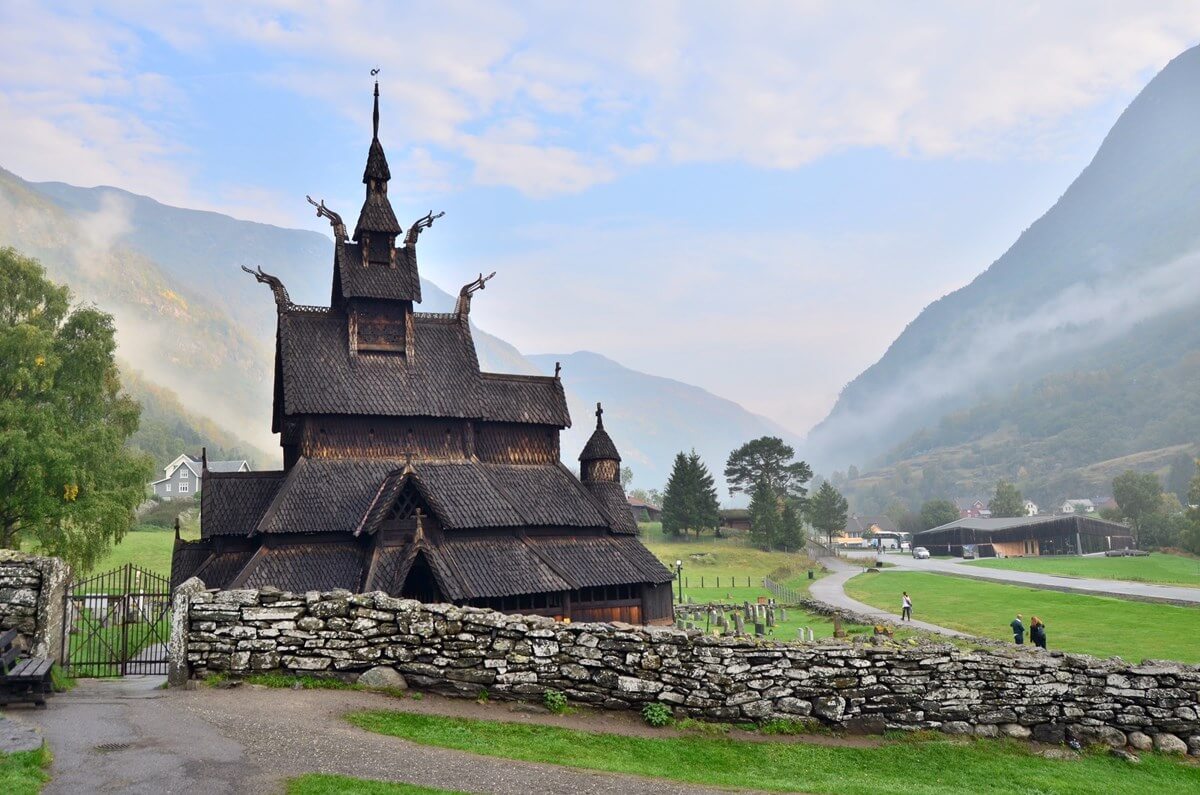
Church of Saint George, Lalibela c.1200
Set apart from the rest of churches in Lalibela, the church of Saint George has become an icon of Ethiopia. The church, carved into the volcanic rock centuries ago, represents the spiritual heart of Ethiopia. It is believed that, during the persecutions of the Emperor Diocletian in the early 4th century, St George was executed for refusing to make a sacrifice in honour of the pagan gods.
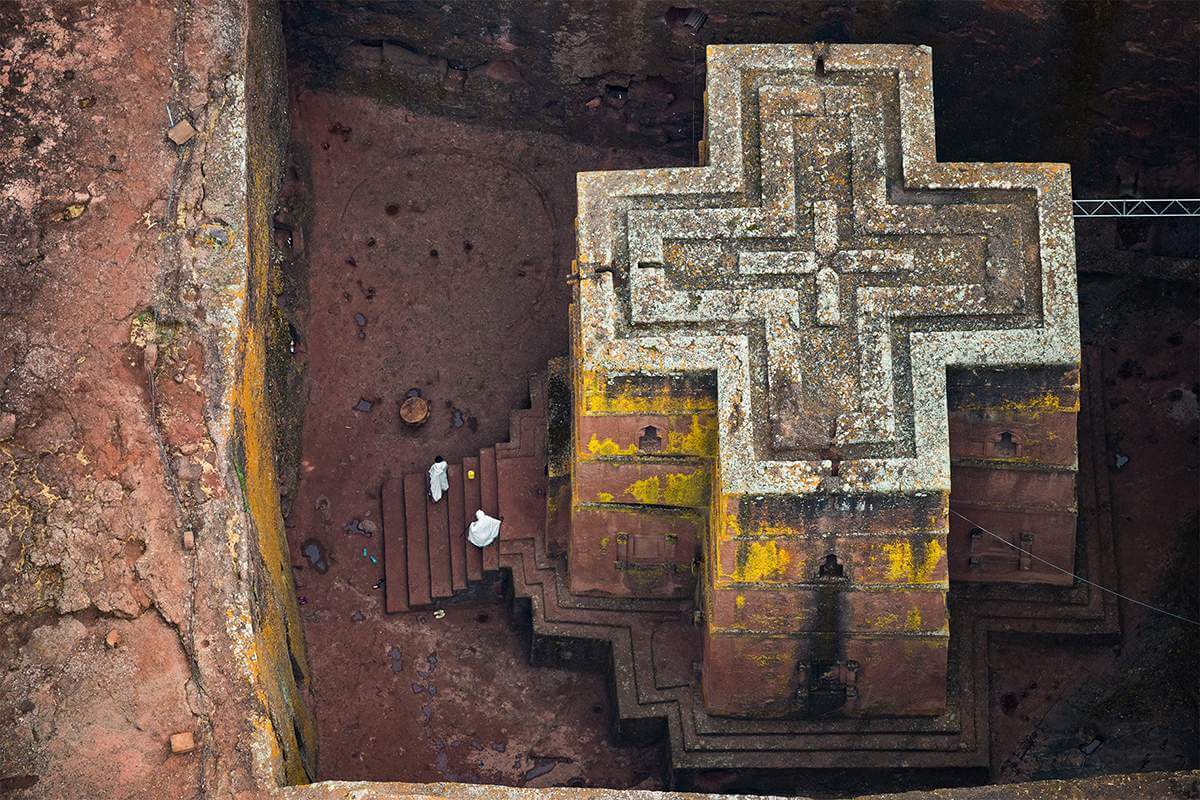

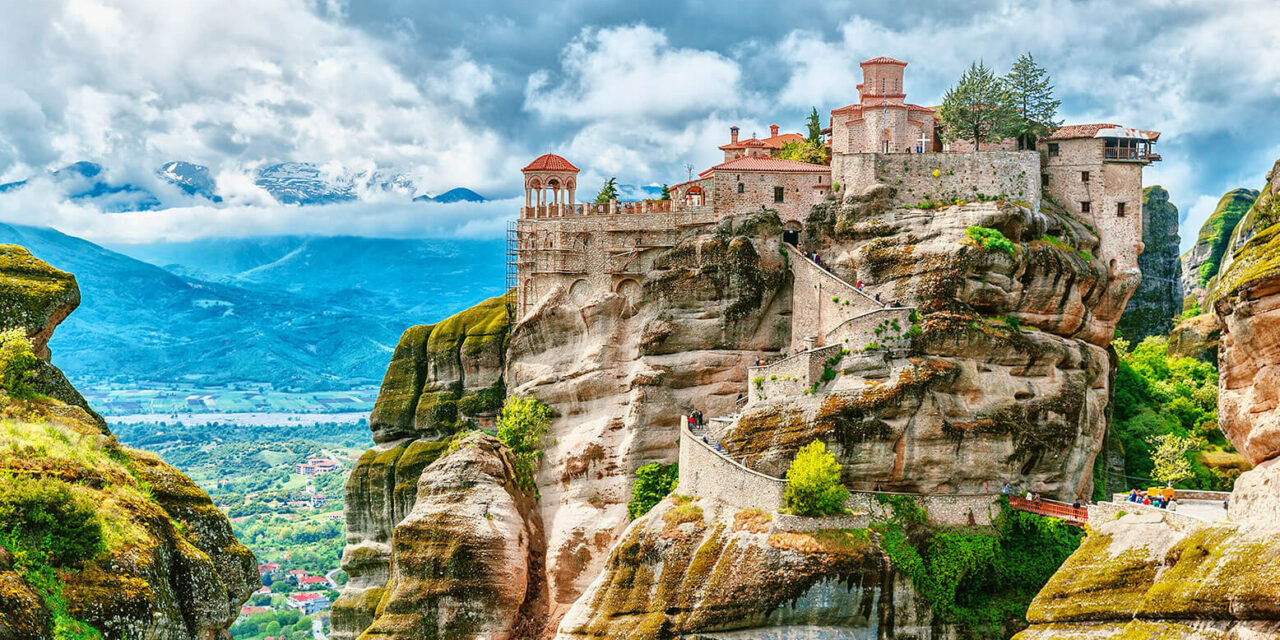

сухие силовые трансформаторы [url=transformatory-klassifikaciya-i-naznachenie.onepage.website/]сухие силовые трансформаторы [/url] .